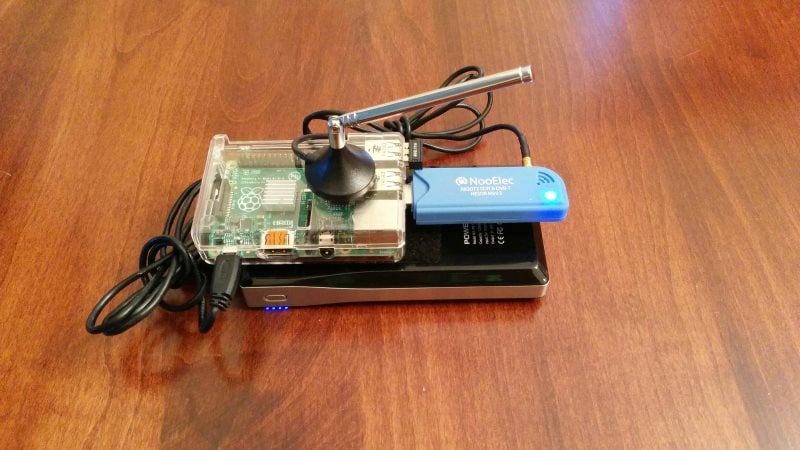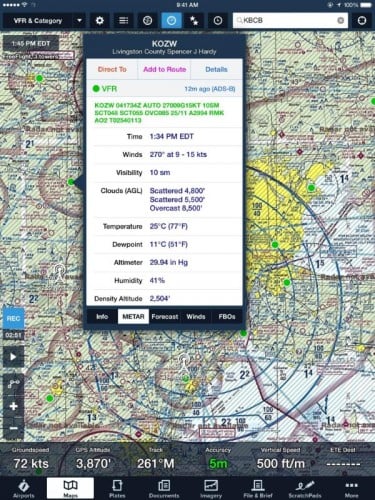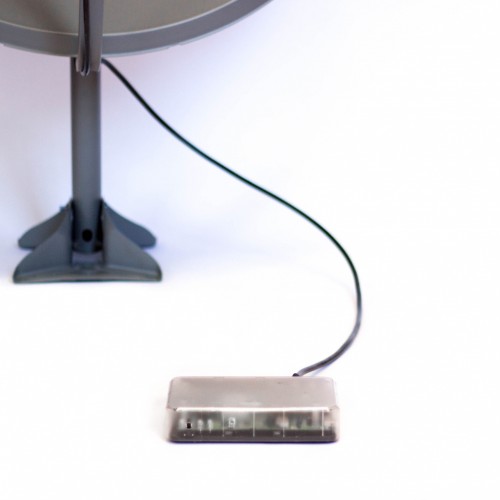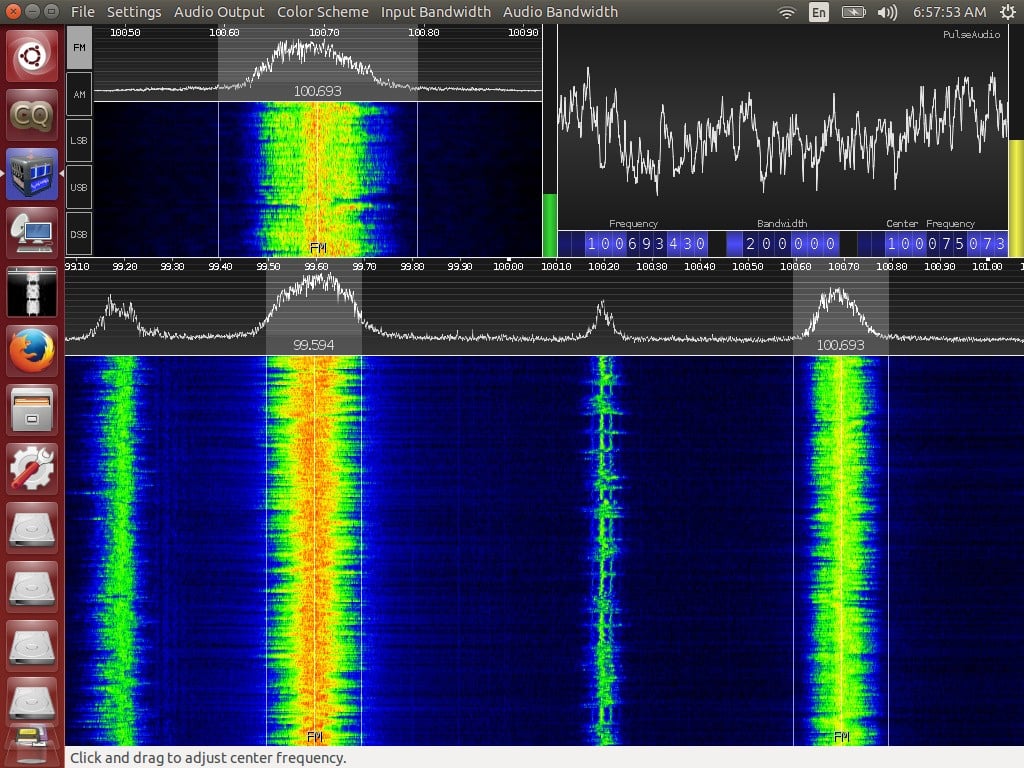An RTL-SDR Comic Book!
We’ve recently been informed that the RTL-SDR has become so popular that is now has it’s very own Japanese Manga comic book! If you don’t know what Manga is, it a type of Japanese comic book. The manga appears to be a one off self published work in a continuing series about military radio interception. Other popular technical manga books have been released before, such as the manga guides to statistics, physics, calculus, electricity, linear algebra, biochemistry, the universe and relativity, but this is the first one we’ve seen on the RTL-SDR.
The comic is written in Japanese and it looks like it explains what the RTL-SDR is as well as providing a tutorial on its installation and use. It is yet to be released but the release date is stated as mid August. The comic is sold on this Japanese web store (note that on the store it is possible to see some illustrated images that may be considered explicit by some so don’t click if you want to avoid that). It may be an interesting gift for RTL-SDR fans, or for Japanese readers who want a fun way to learn about radio. We’re not sure how to buy the comic if you reside outside of Japan, but this Japanese forwarding service might be able to buy it for you.
Below we’ve posted the cover image and the preview pages.
      |






